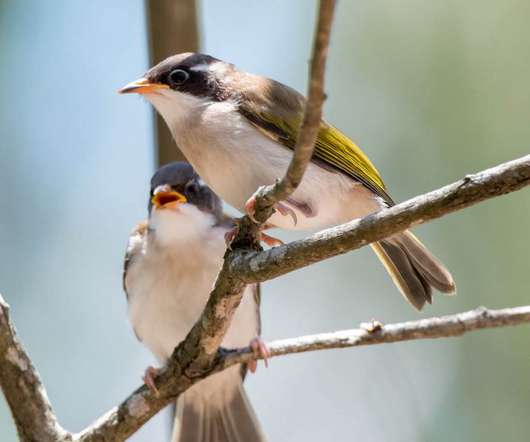15 Australian Birds (Episode 2)
10,000 Birds
JUNE 13, 2022
Readers with a pornographic mindset will enjoy the following information about the Dusky Moorhen: “Simultaneously promiscuous, forming breeding groups of 2–7 apparently unrelated birds; individuals sometimes switch groups between seasons. If you are thinking of having kids, let this photo be a warning to you. ” (HBW).











Let's personalize your content